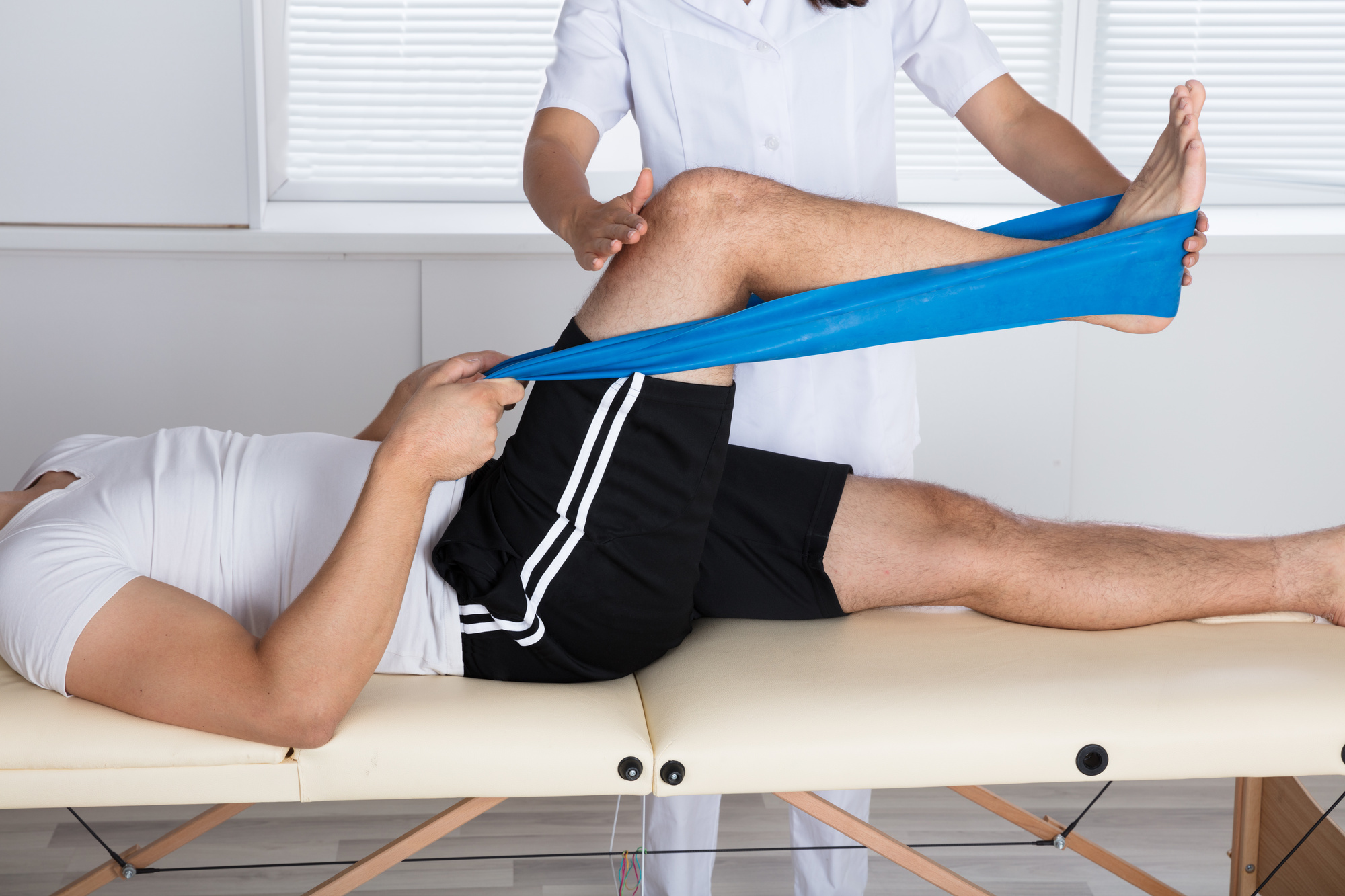Empowering Rehabilitation Via Physical Treatment After Surgery
Empowering Rehabilitation Via Physical Treatment After Surgery
Blog Article
Rehabilitating from an operation can be a difficult journey, but physical therapy plays a vital role in assisting individuals recover their strength and mobility. After surgery, the body needs a period to heal, and physical therapy provides a systematic approach to healing. This method not only focuses on bodily rehabilitation but also emphasizes the importance of mental well-being. By engaging in rehabilitation, patients can empower themselves to manage of their recovery and improve their overall standard of life.
Physical therapy after surgery typically begins with an assessment by a certified physical therapist. This expert evaluates the patient's condition, including their range of motion, strength, and pain levels. Based on this evaluation, a personalized treatment plan is created. This plan may include exercises to improve flexibility, muscle-building to rebuild muscle, and methods to improve balance and coordination. The therapist will guide the patient through these exercises, ensuring they are performed safely and efficiently. This customized approach helps patients advance at their own speed while meeting their specific requirements.
One of the key benefits of rehabilitation is pain management. After surgery, many patients experience discomfort or pain, which can hinder their ability to function and engage in daily activities. Physical therapists use various techniques, such as manual therapy, modalities like heat or ice, and targeted workouts, to help reduce pain. By controlling pain effectively, patients can engage more completely in their recovery workouts, leading to faster recovery. Additionally, understanding how to control pain can enable patients to take an active role in their healing process.
Another crucial aspect of rehabilitation is instruction. Patients are informed about their condition, the healing process, and the importance of following to their recovery program. This knowledge helps patients understand what to anticipate during healing and the role they have in their own recovery. physical therapy for tendonitis Physical therapists also provide guidance on how to adjust daily tasks to prevent further injury and encourage healing. This educational component fosters a sense of independence and assurance, allowing patients to feel more empowered of their recovery journey.
In summary, physical therapy is an integral component of healing after surgery. It not only aids in bodily rehabilitation but also promotes mental and emotional well-being. Through customized treatment plans, pain management methods, and informative support, rehabilitation empowers patients to manage of their recovery. By actively participating in their recovery, individuals can recover their strength, enhance their movement, and enhance their overall standard of life. Accepting physical therapy after an operation can result to a successful and fulfilling healing experience.